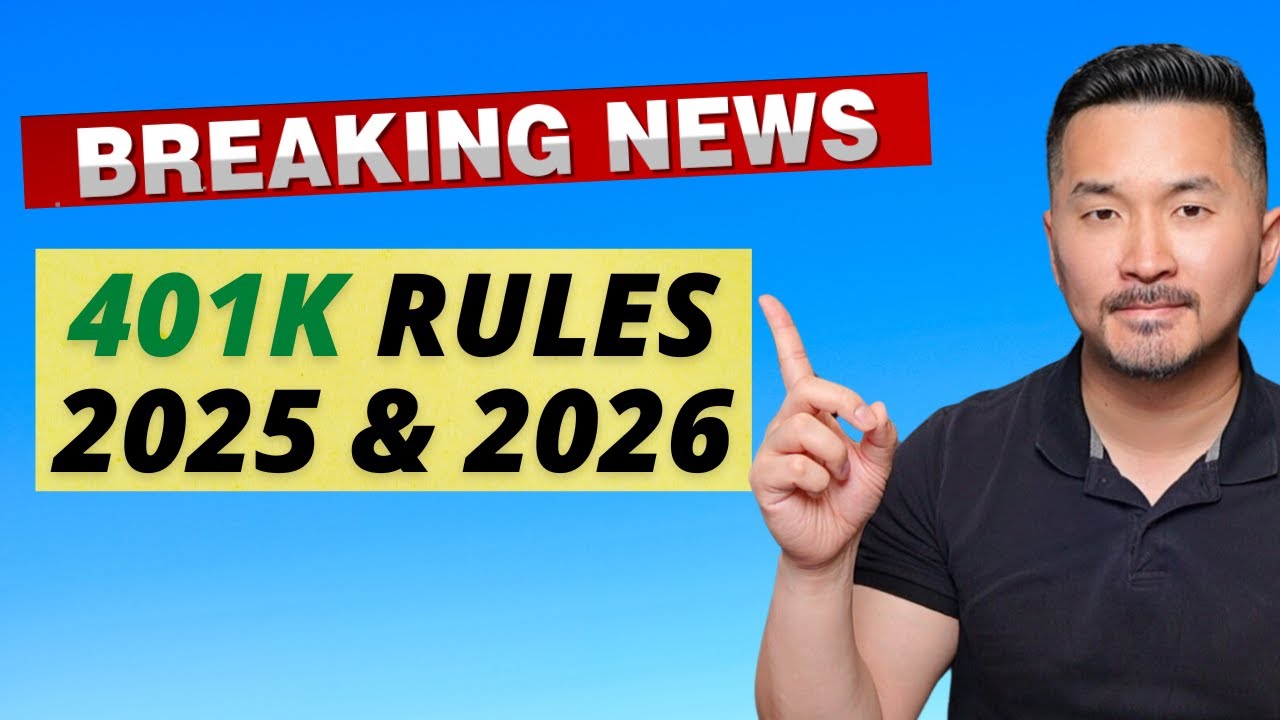New Roth 401(k) Catch-Up Contribution Rules Take Effect in 2026
Starting in 2026, Americans aged 50 and older who earned at least $145,000 in the previous year will be required to make their catch-up contributions exclusively to a Roth 401(k), according to new IRS regulations. This change, introduced as part of the Secure Act 2.0, was originally slated to begin in 2024 but was postponed to allow employers sufficient time to adjust their plans. Notably, this marks the first time a mandatory Roth provision has been incorporated into the tax code.
Understanding the Roth 401(k) Catch-Up Contribution Shift
Unlike traditional 401(k) contributions, which are made pre-tax and reduce taxable income upfront, Roth 401(k) contributions are made with after-tax dollars. This means there is no immediate tax deduction for the money contributed. However, the advantage lies in the tax-free growth and withdrawals during retirement. This fundamental difference may prompt older savers to reassess their current and future tax situations.
"Maybe this is bad, but maybe not," said Isaac Bradley, director of financial planning at HB Wealth. "It depends on where you think your tax rate will be."
Contribution Limits and Inflation Adjustments
For 2025, individuals aged 50 and above can contribute an additional $7,500 annually as catch-up contributions to their employer-sponsored 401(k) plans, raising the total contribution limit to $31,000. Those aged 60 to 63 are eligible for an extra $3,750, increasing their total allowable contributions to $34,750. At age 64, the catch-up contribution limit reverts to $7,500. These amounts are indexed for inflation and are expected to rise in 2026.
Impact on High Earners and Employer Plan Offerings
In 2026, if an employer offers both Roth and traditional 401(k) options, employees who earned less than $145,000 in the previous year can choose where to allocate their catch-up contributions. However, those earning above this threshold must direct their catch-up contributions exclusively to the Roth 401(k). If the employer does not provide a Roth 401(k) option, high earners will be unable to make catch-up contributions at all.
Tax Implications and Market Considerations
Experts note that the new rule may require workers to pay taxes upfront on their catch-up contributions, which could be unwelcome for some. However, if the stock market or the value of their retirement portfolio grows significantly, the upfront tax cost may be offset by tax-free withdrawals later. This dynamic underscores the importance of evaluating individual tax rates and retirement strategies in light of the new regulations.
Ultimately, the shift to mandatory Roth catch-up contributions for higher earners represents a significant change in retirement savings strategy, emphasizing the need for personalized financial planning to navigate the evolving tax landscape.




